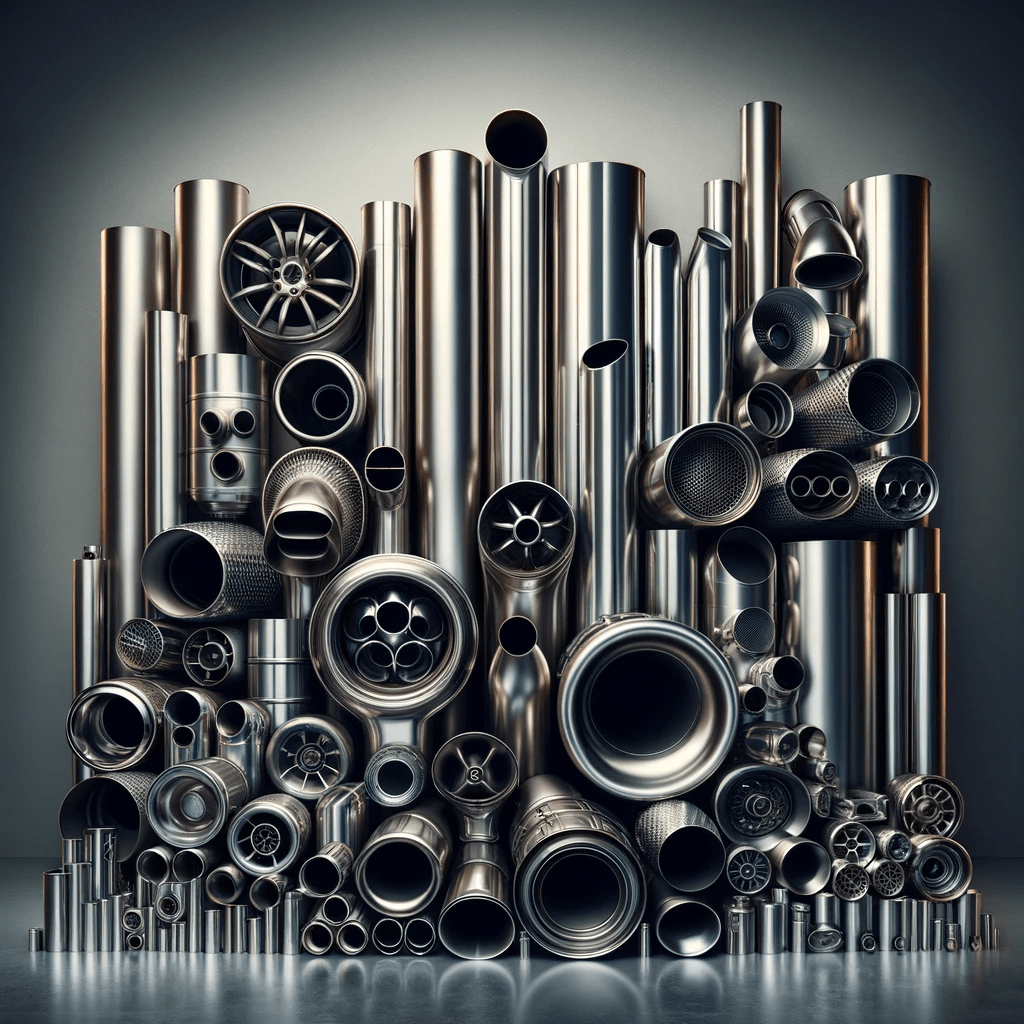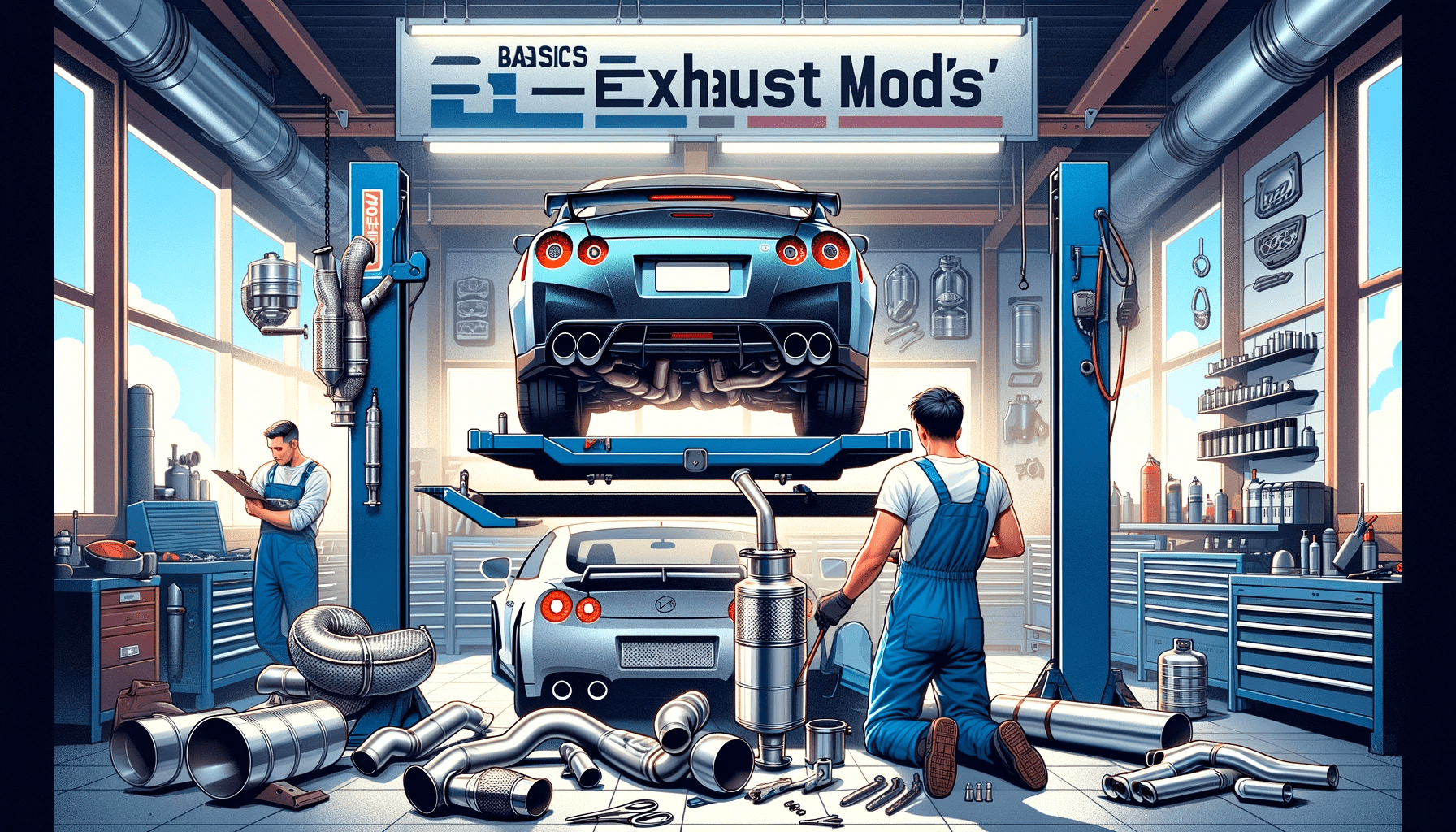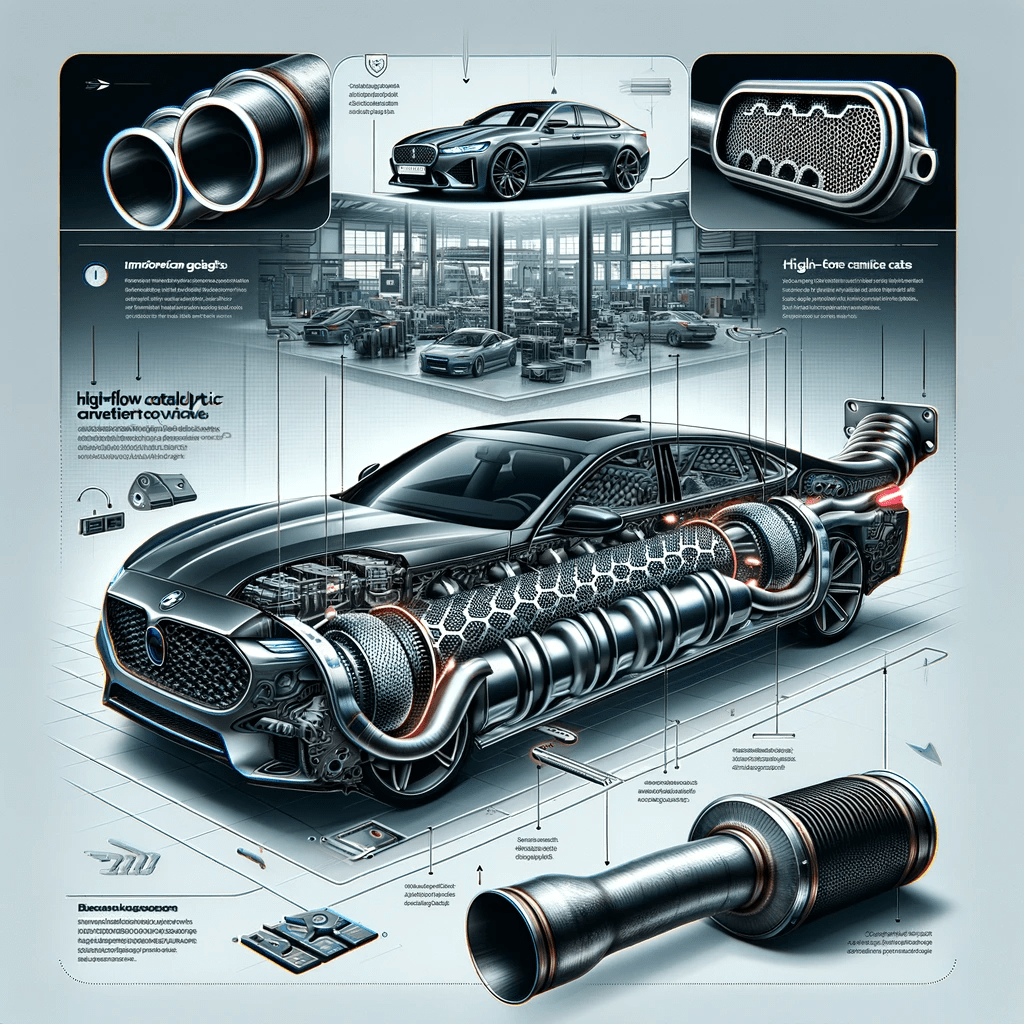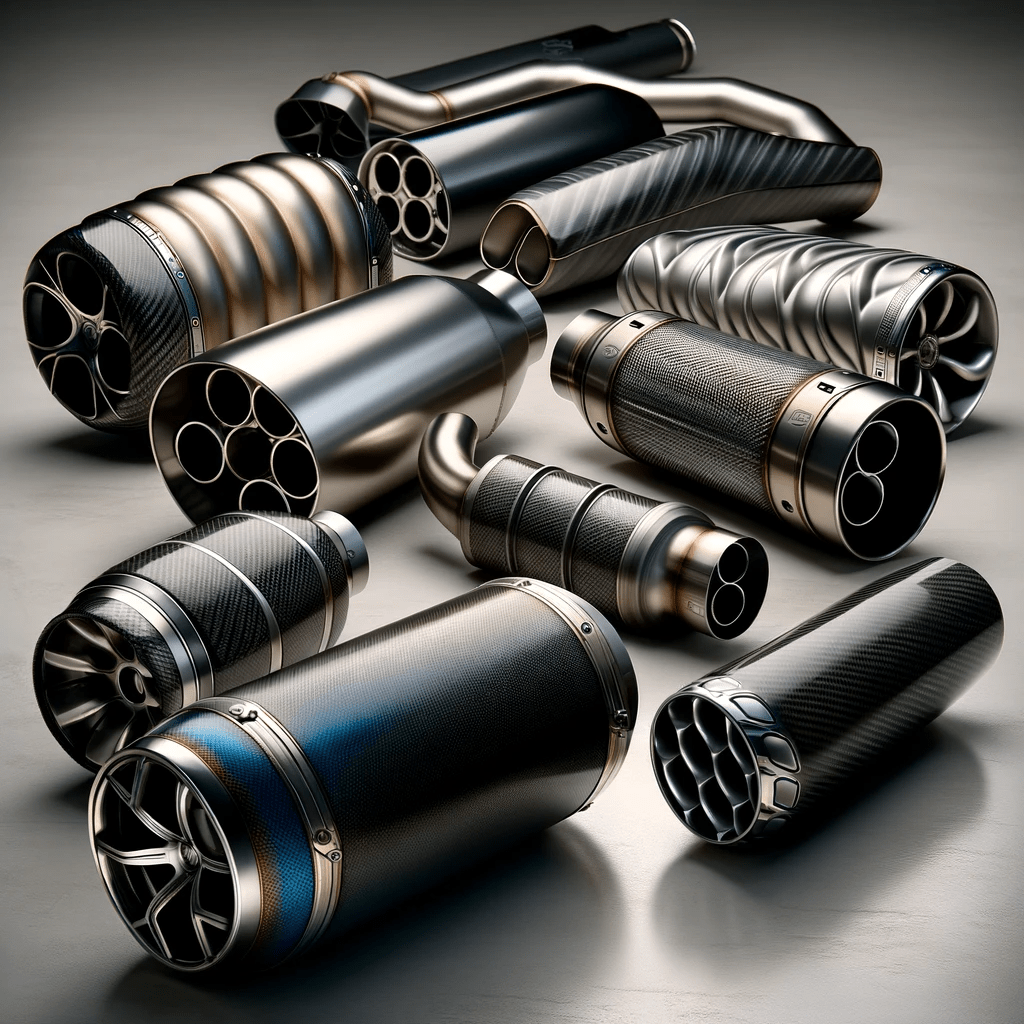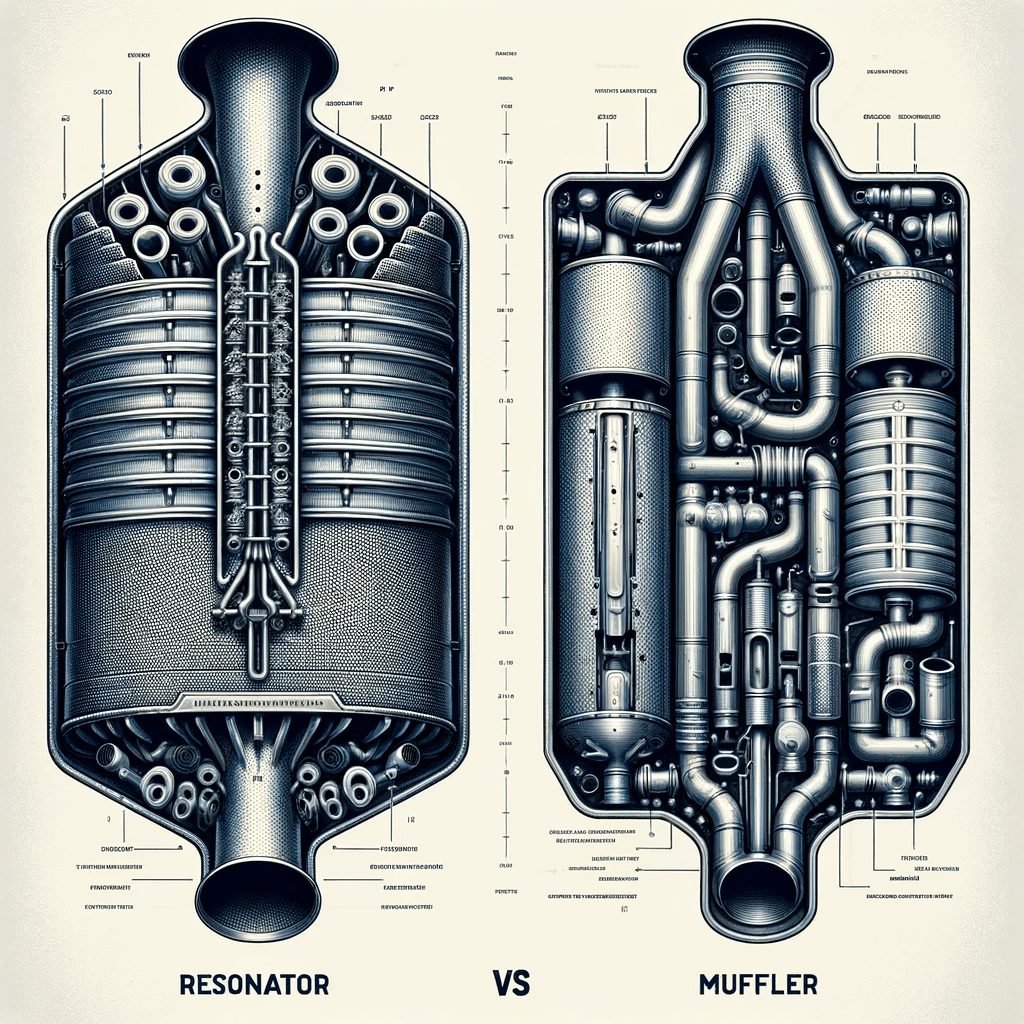Key Takeaways
| Feature | Importance |
|---|---|
| Exhaust Flow Efficiency | Crucial for maximizing turbocharger performance |
| Backpressure Reduction | Essential to allow quick spooling of the turbo |
| Material and Design | High-heat resistant materials are preferable |
| Downpipe and Manifold | Upgrades can significantly improve turbo efficiency |
| Sound and Aesthetics | Customizable based on individual preferences |
Importance of Exhaust in Turbocharged Engines
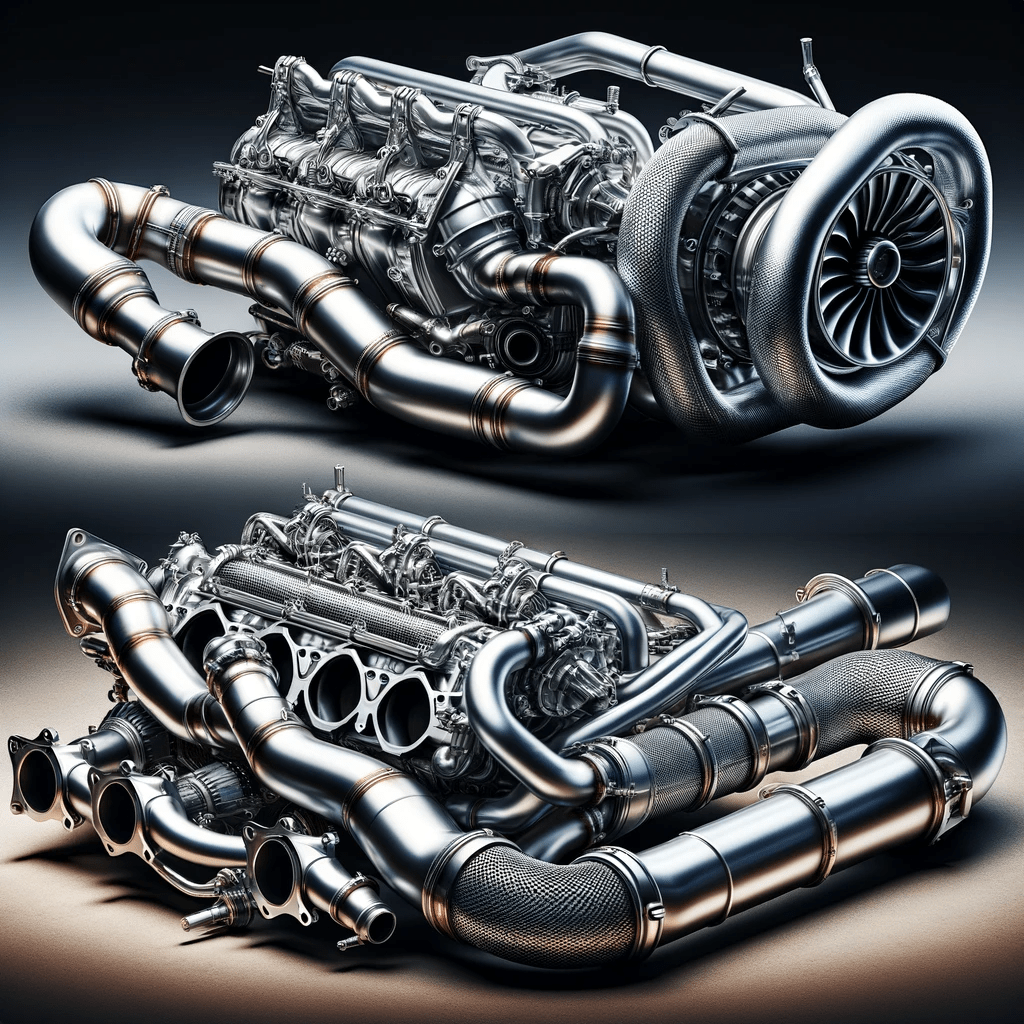
1. Maximizing Turbo Efficiency
- Optimized Exhaust Flow: Turbocharged engines rely heavily on efficient exhaust flow. A well-designed exhaust system ensures minimal backpressure, allowing the turbo to spool up quickly and effectively.
2. Backpressure Management
- Reducing Backpressure: It’s crucial to minimize backpressure in turbocharged engines, as excessive backpressure can hinder the turbo’s performance and delay its response.
3. Material and Construction
- Heat Resistant Materials: Given the high temperatures in turbocharged engines, materials like stainless steel or titanium are ideal for exhaust systems, offering durability and heat resistance.
4. Downpipes and Exhaust Manifolds
- Upgrade Benefits: Upgrading the downpipe and exhaust manifold can significantly improve the turbo’s efficiency. Enhanced designs allow for quicker and smoother exit of exhaust gases, thereby improving turbo response and overall engine performance.
5. Customization Options
- Sound and Style: While performance is key, exhaust systems for turbocharged engines also offer opportunities for customization in sound and aesthetics. Options like performance mufflers can enhance the auditory experience, while various finishes and designs can complement the vehicle’s appearance.
Real-World Applications
- Performance Cars: Vehicles like those equipped with a Performance Exhaust for Focus ST benefit significantly from optimized exhaust systems, enhancing both performance and sound.
- Diesel Engines: Turbocharged diesel engines, especially those focused on Diesel Engine Optimization, require exhaust systems that can handle high pressure and temperatures, underscoring the need for specialized designs and materials.
Tailoring Exhaust Systems for Turbocharged Engines: Key Components
| Component | Function in Turbocharged Engine | Benefit | More info |
|---|---|---|---|
| High-Flow Downpipe | Connects the turbo to the exhaust system | Improves exhaust flow, enhancing turbo spool-up time | Exhaust System Upgrades |
| Turbo-Specific Exhaust Manifold | Collects exhaust gases from engine to feed the turbo | Optimizes gas flow to the turbocharger for better performance | Exhaust Manifold Upgrades |
| Performance Mufflers | Controls exhaust sound, affects backpressure | Reduces backpressure, can improve turbo efficiency | Performance Mufflers |
| Heat-Resistant Materials | Used in exhaust system construction | Handles high temperatures, maintains integrity under turbo conditions | Basics of Engine Upgrades |
| Custom Exhaust Tuning | Tailoring the exhaust system for turbo engines | Balances flow and backpressure for optimal turbo performance | Exhaust System Tuning |
| Catalytic Converters | Reduces emissions while allowing exhaust flow | High-flow designs prevent turbo lag and maintain efficiency | High-Flow Catalytic Converters |
| Intercoolers | Cools the air compressed by the turbo | Improves combustion efficiency, indirectly benefiting exhaust performance | Turbocharging vs. Supercharging |
| Diesel Engine Specifics | Optimization for diesel turbo engines | Ensures efficient exhaust flow in diesel turbos | Diesel Engine Optimization |
| Performance Exhaust Systems | Full-system upgrades for turbocharged engines | Maximizes overall efficiency and performance of turbo engines | Performance Exhaust for Focus ST |
Conclusion: Synergy for Maximum Performance
In turbocharged engines, the synergy between the turbocharger and the exhaust system is crucial. The right exhaust setup not only boosts performance but also contributes to the engine’s longevity and efficiency. It’s a blend of science and art, combining technical precision with personal style preferences.
